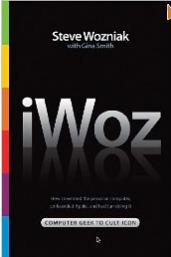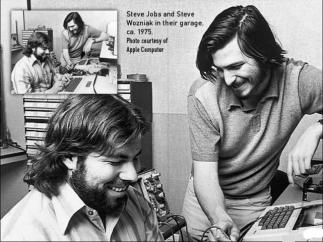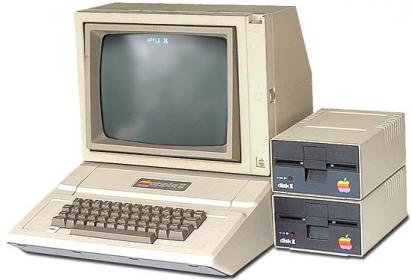I bought my first personal computer in 1979, it was a Radio Shack TRS-80 Model I with just 16KB of RAM, a BW monitor and casette tape for storage. The reason that I chose the Radio Shack over the Apple II was that it cost less, so I was always interested in Apple products and the engineers behind them since the early days. It was pure delight to read the autobiography of Steve Wozniak called iWoz, and the Kindle version costs only $8.61.

Wozniak writes in a style that sounds like he is having a conversation with you, face to face, very readable and personal. In the book he covers his family, upbringing, school days, pranks and how his father’s job in engineering attracted him to also pursue an engineering career.
A fascination with science, math and building electronics projects set the stage for Steve Wozniak to meet the younger Steve Jobs and together they start building and selling illegal phone devices to make toll-free calls anywhere in the world. Wozniak does stints in college at Colorado and California, then lands a dream job at HP where he loves working on calculator designs. Part-time outside of HP he designs and builds the Apple I and Jobs sells the first 100 to a store for $50,000 to start their fledgling company.
In those early days an engineer like Wozniak would first design the computer system on paper, then breadboard the design with wire wrap, plug in chips, then start debugging it by using oscilloscopes or simply connecting the output to a TV. Very little software existed to simulate an actual design, so it was build first, then debug in hardware.
Wozniak hesitantly leaves HP to found Apple and the folks at HP simply let him go. They forgot to copyright the Apple 1 and soon there was an exact clone, so for the Apple II they didn’t repeat that mistake. Engineering won out over marketing (Jobs) in the Apple II as Wozniak insisted that they give seven expansions slots, not just a measly two. It was interesting to read about how DRAM chips from Intel replaced SRAM in the Apple computer, how they choose their CPU, writing a dialect of BASIC, interfacing with the first 5 1/4 inch floppy drives, creating boot ROMs, etc. If you are a computer geek, then this story is for you.

The rate of growth of Apple and how its IPO made hundreds of millionaires is the stuff that drives risk takers of all sizes in Silicon Valley and around the world to build their own companies and try to change the world.

After the IPO at Apple Wozniak had a plane crash, recovered and then started to move in a different direction – like finishing up his fourth year of college under an assumed name, sponsor rock concerts and promote peace between the US and the Soviet Union.
Fame and fortune took a personal toll as Wozniak got divorced and then re-married. He talks about helping out his local school district by teaching a computer class, then venturing into charities and even funding the Tech Museum in San Jose.
In the 1980’s I can remember visiting Apple Computer to sell them EDA software at a time when they were still designing their own graphics chips. When Steve Jobs saw the GUI on our EDA tool he said, “Well, that’s just brain dead.” Of course, he was right and now that EDA company is history.
If you are curious about the history of the Personal Computer and want to hear it straight from the engineer of the Apple I and Apple II, then get this book and enjoy the journey.
Share this post via:








Quantum Computing Technologies and Challenges